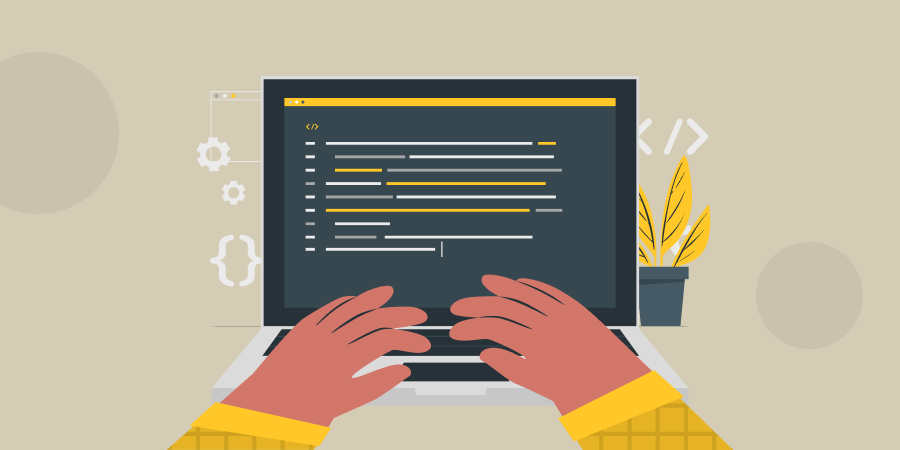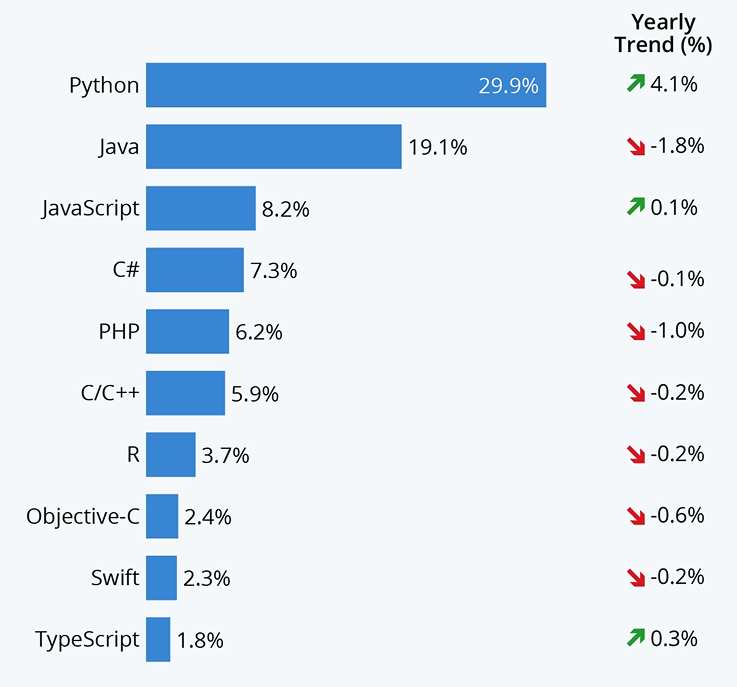
Agentive AI: The Ultimate Guide to Human-Centered Ar...
Artificial Intelligence has changed the way we interact with technolog...

Python is not just a programming language anymore, it’s now a key part of how data science and machine learning are growing. In 2025, it will play a bigger role than before. With the rise of Artificial Intelligence (AI), real-time data and smart automation are growing in many fields, and Python helps make building and managing these technologies easier.
Python is useful because it’s easy to read and has many ready-made code libraries. Whether you’re cleaning up raw data, training a machine learning model, or putting that model into a live app, Python can handle it all. It helps teams work faster, solve problems more accurately, and make better use of their data.
As data becomes more important in business and daily life, Python has become the one of the best choice for turning information into real-world results. In this post, we’ll explore how Python is changing data science and machine learning in 2025, looking at the tools people use and the practical ways it’s making a difference.
Python is leading the way in data science and machine learning, and for good reason. It’s trusted by professionals at every level, from beginners exploring their first dataset to experts building advanced AI systems. According to Statista reports, Python remains one of the top three programming languages used around the world.

Python stays ahead because it is both easy to use and very powerful. Python is easy to learn because of its clean and simple code. It also has many helpful libraries like NumPy, Pandas, and TensorFlow that make it easy to work with data and build machine learning models.
Python’s ease of use and strong features help teams work faster and solve real-world problems more easily. That’s why it’s not just a popular choice, it’s a key part of how data and AI projects succeed today.
Python stands out as one of the most powerful and popular programming languages right now, thanks to its simple design, wide range of uses, and a vibrant community behind it. Here’s why Python packs such a punch:
Python’s ecosystem is one of its greatest strengths, continuously growing and adapting to the needs of developers across all fields. From building sleek web apps to handling complex data analysis and crafting advanced AI models, Python offers a wide range of well-maintained libraries and frameworks that simplify development.
This evolving ecosystem means you can focus more on solving real problems rather than reinventing basic features, making Python a go-to choice for fast, efficient innovation.
Creating AI models is just the beginning; the real challenge lies in quickly and reliably turning those models into working applications. This is where Python truly stands out. With intuitive tools like TensorFlow Serving and ONNX, Python makes it easier to turn trained models into deployable services.
With the help of lightweight web frameworks like Flask and FastAPI, these models can run easily on the cloud, mobile apps, or edge devices. This streamlined deployment process bridges the gap between research and production, enabling businesses to deliver intelligent, AI-driven features that stay ahead in today’s fast-moving world.
In today’s data-driven world, working with large and complex datasets is a crucial part of modern development. This is where Python Development Services truly shine, offering seamless integration with big data platforms like Apache Spark, Hadoop, and Kafka. These connections make it easier for teams to manage and process data at scale without added complexity.
Using powerful libraries such as PySpark, Dask, and Vaex, developers can analyze massive volumes of information in real time, generate clear visualizations, and uncover meaningful insights faster. With the right approach, Python becomes a key enabler of smarter decisions and faster innovation across industries.
Python’s success comes from its strong and active community of developers around the world. Thousands of people contribute by building helpful libraries, fixing bugs, improving tools, and sharing their knowledge through forums, tutorials, and online courses.
This open and friendly environment makes Python easy to learn for beginners and powerful enough for professionals working on advanced projects. Because the community is always working to improve and update the language, Python keeps growing and stays ready for new ideas, challenges, and technologies.
AI is now working closer to where data is created, and Python is becoming a key choice for running smart programs on small, low-power devices. Tools like TensorFlow Lite and MicroPython make it easier for developers to put AI models on devices such as sensors, smart cameras, and wearables.
Running AI directly on these devices helps reduce delays, protect user privacy, and enable faster, real-time decisions. This shift is opening up many new possibilities for industries like healthcare, manufacturing, and smart cities, where quick and local AI processing can make a big difference.
Python is widely used in many real-world applications across different industries, making a significant impact in various areas. Here are some of the examples where Python is making a big impact in different fields:
Python is changing healthcare by powering tools that improve patient care and speed up medical research. It plays a key role in healthcare software development services, helping teams build AI models that detect diseases early, analyze medical images, and process large sets of health data with ease.
With Python’s simple and powerful libraries, doctors and researchers can create personalized treatments, monitor patients in real time, and uncover important insights faster. The result is smarter, faster, and more accessible healthcare for everyone.
Python helps businesses better understand their customers and operate efficiently in both retail and online shopping. It’s widely used in e-commerce development services to analyze shopping behavior, manage inventory, and quickly implement features like recommendation engines and chatbots that enhance the shopping experience.
By turning raw data into useful insights, Python enables companies to personalize interactions, predict product trends, and improve customer satisfaction, helping retailers stay competitive in a fast-changing market.
Python is key to many smart machines like self-driving cars, drones, and robots that deliver packages. It has strong tools that make it easier to build AI for things like finding the way, spotting objects, and making quick choices.
Python lets developers quickly test and improve these machines so they can work well in real life. This is helping industries like transportation and farming become smarter and more automated.
Python plays a key role in modern finance, helping organizations analyze risk, detect fraud, and automate trading with greater accuracy. It’s widely used in financial software development services to process large datasets, build predictive models, and support fast, data-driven decisions.
With powerful libraries and AI capabilities, Python turns complex financial information into clear insights, enabling banks, traders, and investment firms to respond quickly to market changes, reduce losses, and improve overall performance.
Python offers the flexibility to build smart, scalable solutions across data science, machine learning, and automation. Thanks to its vast ecosystem of libraries and frameworks, developers can easily turn complex ideas into practical, real-world applications without slowing down progress.
When combined with expert guidance, Python becomes more than just a programming language; it transforms into a powerful engine that drives innovation, helps uncover valuable insights, and supports the smooth transition from early experiments to fully functional, impactful solutions.